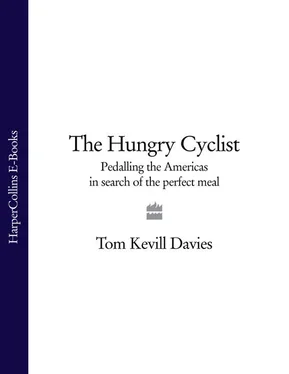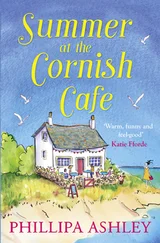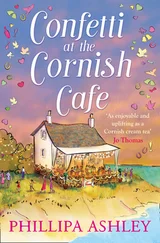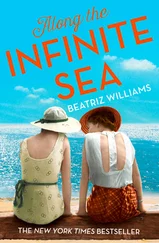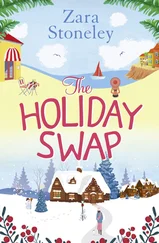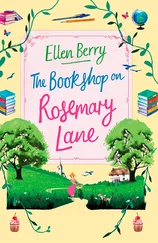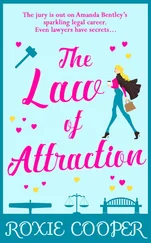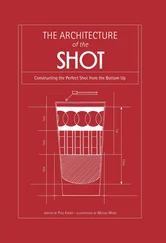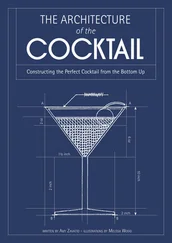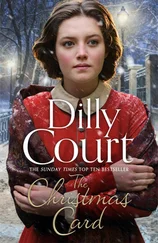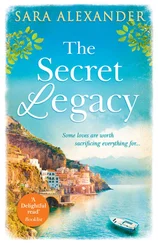Two young cowboys on horseback waited behind a gate on either side of a terrified-looking young bull. At the sound of a klaxon the bull was released, nudged forward with a kindly jab from an electric prodder. Running in blind panic, the bull was pursued into a dusty arena by the two cowboys, who worked in a team swirling lassos above their heads.
One cowboy, the header, aimed his lasso for the young bull’s head. His partner, known as the heeler, had to aim his lasso at the hind legs. Once head and legs were secured and the bull was immobilised, the clock would stop. Grown men on horseback chasing cows with long bits of rope may not sound like compelling viewing, but the whistling of rope lassos, the clatter of hooves kicking up dust and the hoarse cries of the men were enthralling. This team sport, which originated in the need to bring down cattle for branding, totally gripped the thirty or forty onlookers.
Team after team raced out of the gates. Heads were missed, cows escaped and horses bucked their riders as these highly skilled horsemen went to work. Involving amazing coordination and precise horse control, these immaculately dressed men in checked pop shirts and faded jeans charged across the arena, effortlessly manoeuvring their steeds into sharp turns and sudden skids. No helmets, no gum guards, no kneepads, no health and safety. Stetsons, a pair of boots, a Lone Star belt buckle, leather chaps and plenty of bottle were all that were needed here. These guys were real cowboys.
Surrounded by the smell of hot leather and hide, Marlborough men slept under large hats in the shade of trailers; others patched up bloody injuries and got on with the job. As these men strode between trailers, borrowing horses and testing lassos, I had no choice but to join the gaggle of giggling female rodeo groupies, local girls who had come to catch a glimpse of these rock stars of the rodeo circuit, men who were mad, bad and dangerous to know.
The contest came to an end and prizes were awarded. A few hundred dollars went to winners but most of the young men here didn’t practise this dangerous sport for financial gain. Sure if you made the big competitions there was big money to be made, but the majority of the men I spoke to didn’t have the funding. Most of them didn’t even own a horse and had to borrow a ride from other competitors. Medical insurance was a laughing matter.
‘Smashed four ribs, a pelvis and popped three shoulders. Still, no one wants to insure me.’
‘Been concussed since I was fifteen—wouldn’t have it any other way.’
‘Drove three days flat to be here, and I ain’t got plans to go to bed yet.’
Surfers follow waves around the world in a never-ending search for that next adrenalin-exploding ride. Rodeo junkies spend their summers driving from small town to small town in search of their next fix, covering huge distances to ride horses, local girls and live the dream. Sure a few hundred dollars might help pay a few bills and a bar tab or two, but these guys were here because they couldn’t be anywhere else, they were addicted to this crazy way of life. And their energy was infectious. I wanted the hat and the confident swagger. I wanted the dirty old pick-up and a horse to ride. I wanted to chase women in smoky pool halls and ride out of town the next morning. I wanted to spend my days rumbling down prairie roads in a truck, kicking up a trail of dust and listening to Johnny Cash with a six-shooter under my seat. I wanted to wear the fitted checked shirts and the tight blue Wranglers with a huge buckle, I wanted a pair of lived-in cowboy boots, and I wanted to sit on my porch in a brim hat watching the sun set on the peaceful world around me. Cycling was suddenly very uncool. I wanted to be a cowboy.
Stanton’s only bar was as unimpressive as the town itself and from the outside it seemed to be no more than an industrial-sized shed. A small neon light, advertising America’s leading tasteless beer, blinked in the window of its only doorway but, excitedly, I followed my new cowboy buddies inside. The scene that greeted me was bathed in cigarette smoke and the faintly illicit red glow of neon advertising signs, while lively Country and Western music jumped out of a jukebox. A bar stretched the length of a room jam-packed with burly men in the usual faded jeans, cowboy hats and pop shirts. A busy gang of busty barmaids hurried from fridge to fridge, answering the demands of their rowdy customers.
I made my way to the bar and squeezed into a space between some Stetson-wearing ranchers. Behind the bar, surrounding the dusty bottles of Scotch and flavoured brandy, was a display of North Dakota memorabilia. A stuffed bear smoking a cigarette, sets of antlers, stuffed rodents, lost hubcaps, state flags, licence plates, worn-out saddles and prized Walleye fish. The rest of the room was decorated with the Stars and Stripes, posters of girls in hot pants draped over sports cars and flashing beer signs. Stern-faced men played cards at small round tables, players lent on cue sticks by a pool table, flashing video poker machines blinked erratically and a dated jukebox filled the space underneath a large screen showing men doing their best to hang on to crazy horses in a televised rodeo.
‘What’ll it be, sweetheart?’ cooed a barmaid.
‘I’ll get a beer please.’
An ice-covered glass tankard was pulled from a chest freezer and filled with pale fizzy beer. I swigged and took stock of where I was. The whole bar joined in with the chorus of the popular Country and Western classic that was being spun in the jukebox.
‘Save a horse. Ride a cowboy.’
I sat at a table with my rodeo friends, who drank in the same way they rode their horses. Fast, and with total disregard for human safety. Tall story followed tall story, beer followed beer and busty girls in tight jeans and T-shirts tied at their midriff were passed from lap to lap. Perhaps I needed a hat or my jeans weren’t tight enough but I kept getting missed out. It was clear that a cyclist, however far he had come, didn’t cut the mustard.
The evening wore on in a continuing blur. As each drink arrived my determination to quit cycling and ride out on a horse became stronger, and by the time the bottles of blackberry brandy were being shot back I had as good as sold my bike. The problem was that apart from a few salty handfuls of popcorn salvaged from the bar, I had eaten nothing since breakfast. The cowboys were drinking faster and faster and if I was going to make it through the night and become one of them, I needed some ballast. I staggered outside, where my first lungful of fresh air was pure luxury.
As with all good drinking dens, a savvy local had set up a small stand within falling distance of the bar. Under a red umbrella a deep-fat fryer was sending a cloud of steam into the night and a home-made cardboard sign read:
I rubbed my eyes, trying to make sense of the unreadable word.
‘One flyschukehill, please.’
‘Flesh licker. It’s pronounced flesh licker.’
‘One flesh licker, please.’
On a bicycle, moving slowly across the country, I was able to see and taste first hand the culinary effects that migration from Europe had on this country. In the same way that the USA’s fast food favourite, the hamburger, began as the Hamburg sandwich, knocked together by a couple of wily Germans living in New York, here in the less glamorous surroundings of Stanton, North Dakota, I was enjoying a fleischkuechle, a relic left behind by the Black Sea Germans, who after fleeing oppression in Russia in the late nineteenth century began to look to the Americas, where some had already found freedom and land in the 1870s. Continuing through the 1890s and the early 1900s, the Black Sea Germans began to arrive in large numbers in the Dakotas, bringing their wheat-farming skills and culinary traditions to this fertile new land.
Читать дальше
